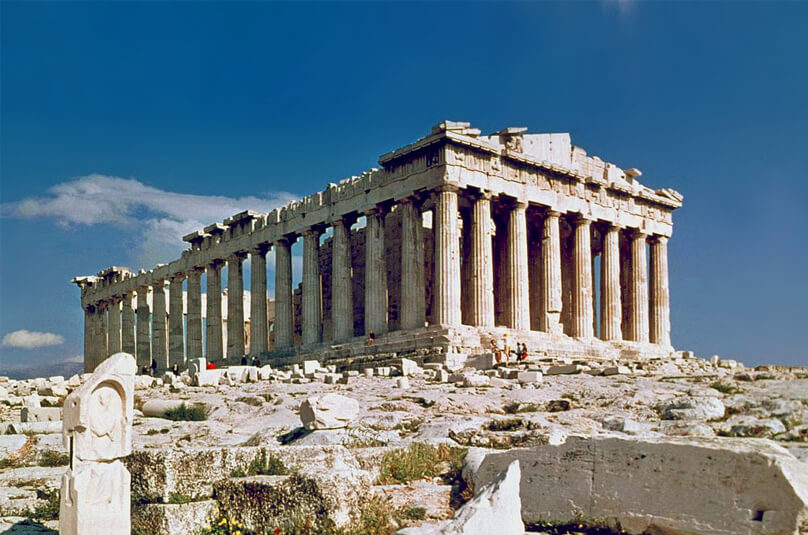In the realm of engineering the Parthenon is the most persuasive structure model. How should it not be, this hallowed place from the old Greek time has become a good example for draftsmen right up ’til today. Indeed, large numbers of the bank structures and historical centers mirror the style of the Parthenon altar.

One of the features of this sanctuary model is the huge columns that appear to be the symbols of the Parthenon. This shaft model is additionally broadly continued in different pieces of the world. Albeit a portion of the structures have imploded, the primary construction of the Parthenon actually endures and is a most loved model for planners right up ’til the present time.
The inception of the Parthenon Britannica composing, the Parthenon is a structure that worked as a holy place to the goddess Athena. This sanctuary was worked as a trade for the two existing sanctuaries, in particular Athena and the Acropolis.
As indicated by an article distributed in the Classicist, the Parthenon was planned by Iktinos and Callicrates, under the management of the stone worker Phidias. Work on the structure started in 447 BC and was finished in 438 BC. Be that as it may, work on the outside of the structure was all the while being completed until 432 BC.
The uniqueness of this structure lies in the line of huge columns that have gotten notable. The structure is encircled by lines of columns. Each side has an alternate sum. This is because of the rectangular design of the Parthenon.
On the north and south sides, there are eight corridors. While on the east and west sides there are 17 posts. In the delineation in the British Museum, inside the corridor is an enormous room with two entryways on one or the other side. At the point when seen, the external mainstay of the Parthenon is by all accounts a fence for the room inside. The passage to the structure is additionally beautified with six columns.
The wellspring of the Parthenon’s light came from the eastern entryway. All things being equal, a few pieces of the structure get light from the impression of the tiles on the rooftop and roof of the structure. Inside the Parthenon there is a little room that fills in as a secret stash. Not to neglect, the outside of the structure is likewise improved with different reliefs and figures.
Each side of the Partheon has various reliefs. On the east side, there are reliefs that recount the skirmishes of the divine beings and goliaths. While on the south side, there are reliefs portraying centaurs and Greek occupants. On the west side, the reliefs portray Amazon or female heroes in Greek folklore. Yet, shockingly, the help on the north side is practically gone.
